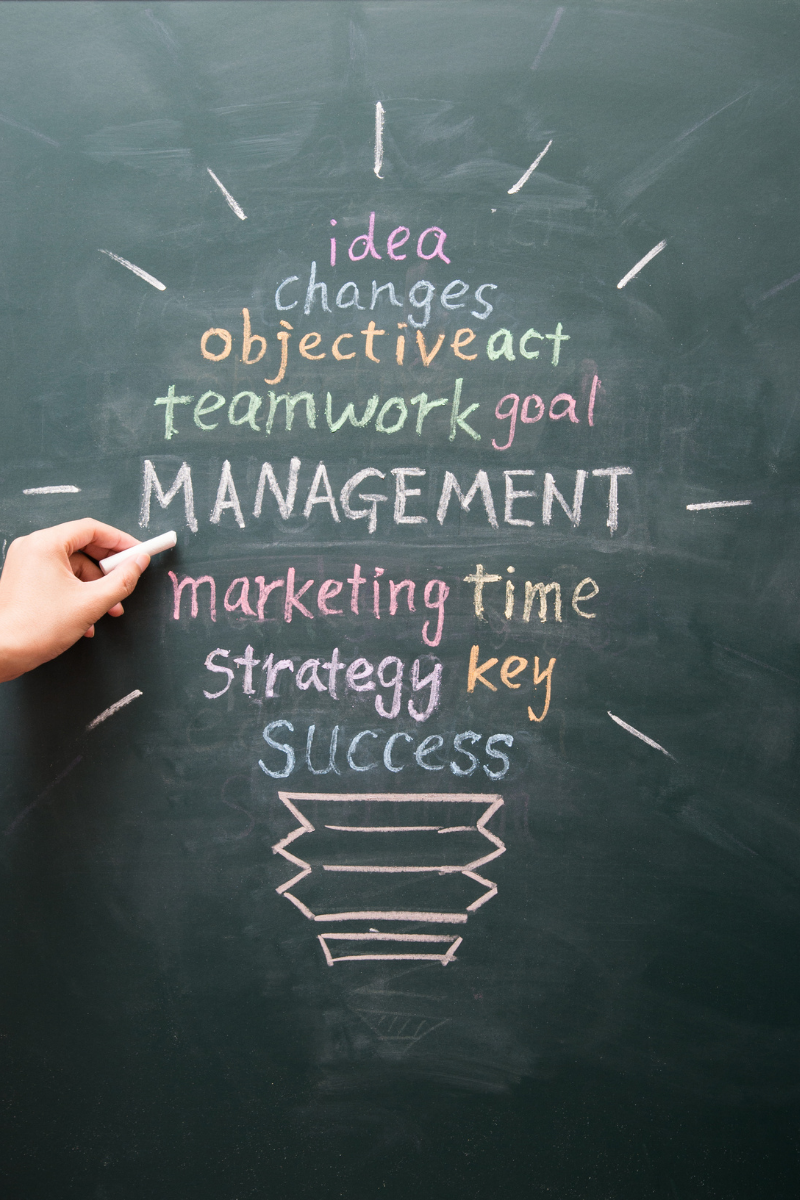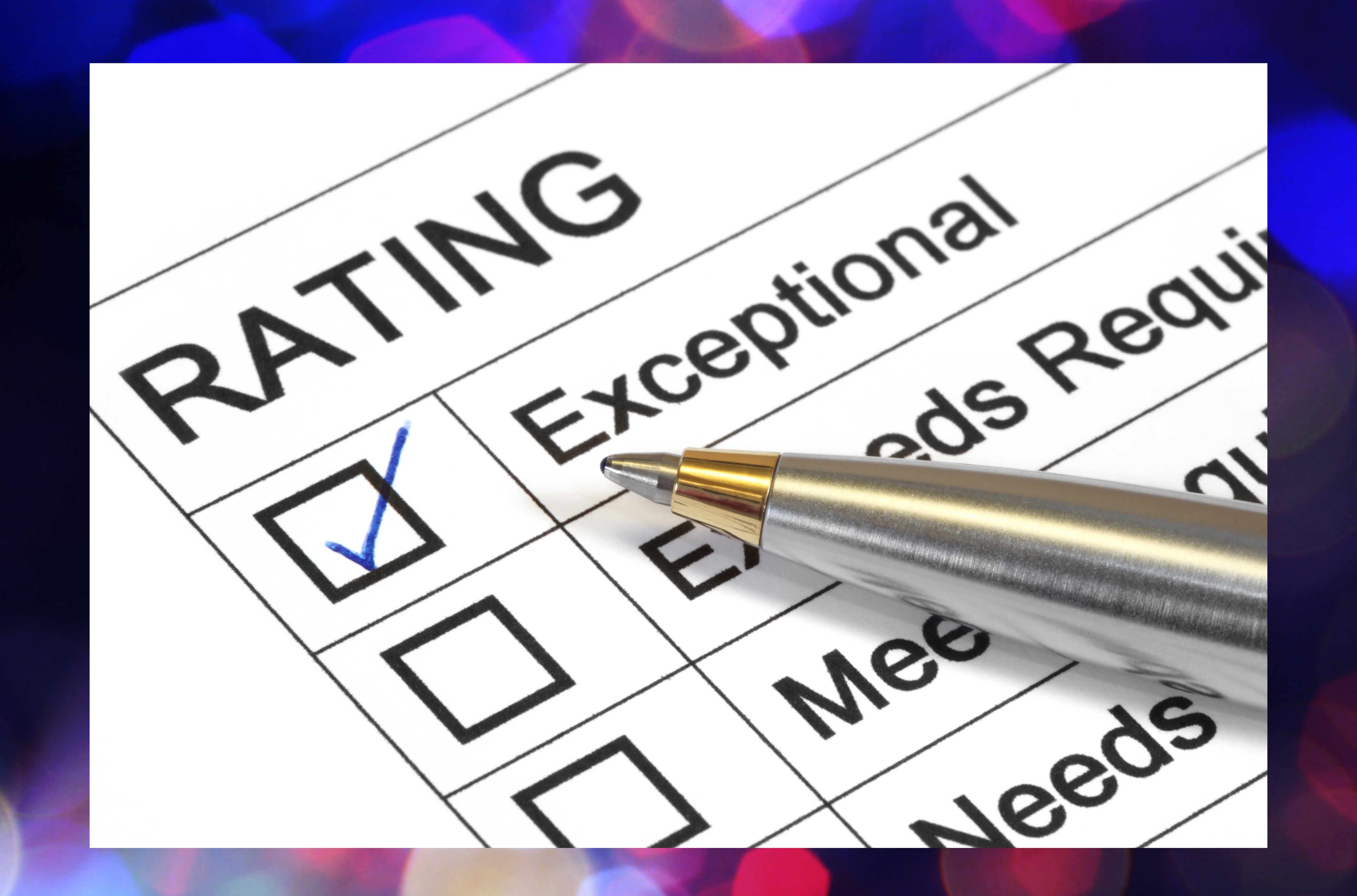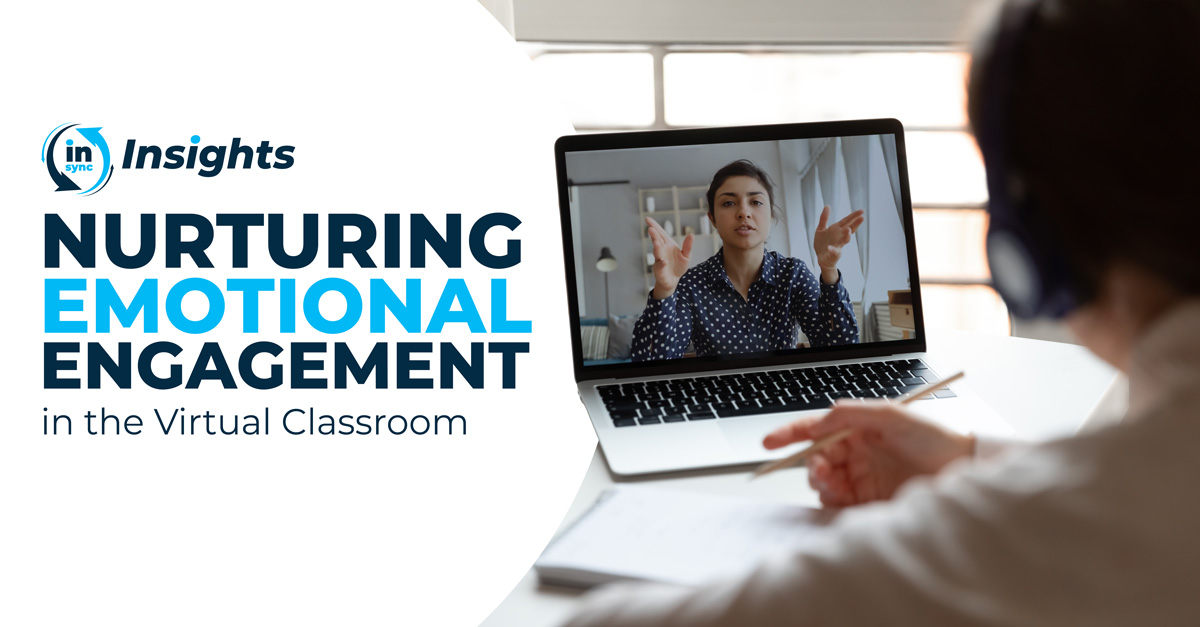Virtual Classroom Facilitation Techniques: From Good to EXCEPTIONAL
If you are a good virtual facilitator (and after the year we have all had, I bet you are!), you have quite a few enviable skills! You’ve mastered the...
2 min read
InSync Training : Aug 25, 2021 7:30:00 AM

 What makes a virtual classroom facilitator good at what they do? Clients and learners ask us this question regularly. Heck, we ask ourselves this question regularly since it speaks to the fundamental value we deliver through our work! Because facilitators deeply impact the overall blend, our answer addresses technical expertise AND those fuzzy soft skills.
What makes a virtual classroom facilitator good at what they do? Clients and learners ask us this question regularly. Heck, we ask ourselves this question regularly since it speaks to the fundamental value we deliver through our work! Because facilitators deeply impact the overall blend, our answer addresses technical expertise AND those fuzzy soft skills.
In our experience as both learners and experts, good virtual classroom facilitators….
In practice, these skillsets focus on the learner first, while the technology offers a way to achieve their goals.
Facilitators understand the content they deliver. Their delivery approach helps learners truly understand the relevancy of new information to their day-to-day work. But good facilitators also take the technology into consideration as a critical component of the learners’ experience and leverage it to take training to the next level.
Jennifer Hofmann explains, “In the virtual classroom, good facilitators manage the technology, and engage learners without the benefit of eye contact and body language.” Understanding the tools available within the delivery platform and using them to effectively create engagement and collaboration shows an advanced facilitation approach.
Resource creation obviously falls under the purview of the instructional design team. But, good facilitators can also contribute to the content through curation and innovation. We encourage our facilitators to “Find, evaluate, utilize, share, and create content using information technologies and the Internet.”
When facilitators recognize that their role no longer exists in the confines of a classroom, their influence grows. They lead whole blends, not just events and their willingness to collect, contribute, and curate additional resources using the tolls at their disposal shows a commitment to their craft.
Virtual blends require balance: of learner attention, of a library of resources, of multiple delivery modalities. Even within standalone virtual classroom events like webinars, the virtual classroom is a busy place. To keep learners focused, facilitators often launch a new activity every 3-5 minutes. Plus, learners expect training to start and end on time.
In light of the many moving parts and expectations, it should not surprise you to learn that we believe good facilitators, “Manage a virtual event in such a way that learners are engaged, desired outcomes are met, and the event is kept to a strict timetable.” A facilitator guide, a timer, and a high attention to detail encourage strong time management in this learning environment.
You, too, can become a good virtual facilitator by building a experiences focused on the learners, their needs, and their expectations. Use your technical skills as a foundation for these more ambiguous concepts, and you’ll be on your way to success!
These tricks contribute to an advanced approach to virtual classroom facilitation. Expand your skill set to drive digital engagement by registering for the Virtual Classroom Facilitation Mastery certificate course.

If you are a good virtual facilitator (and after the year we have all had, I bet you are!), you have quite a few enviable skills! You’ve mastered the...

People often perceive corporate training as a mandatory, impersonal process: they fulfill the requirements and proceed to the next task. This...